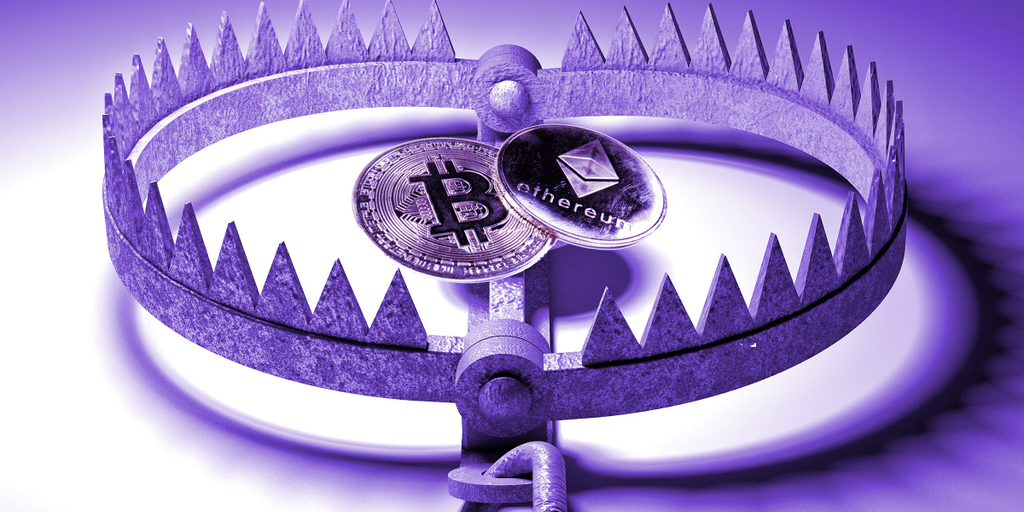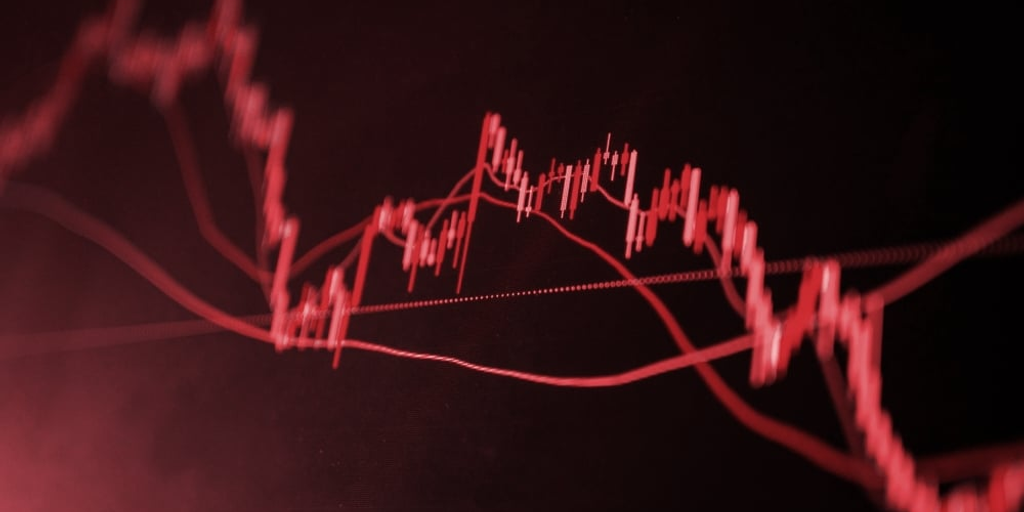
RNDR, the token for blockchain-based distributed rendering service Render Network, has increased by over 90% in the past week, according to CoinGecko.
Render has surged over over 300% in the last 30 days to reach around $1.69, alongside the launch of a new foundation and the passing of a new tokenomics model by the project’s DAO. Despite its recent surge, RNDR remains down over 80% from its all-time high of $8.78, recorded in November 2021.
On January 20, the project announced the Render Network Foundation, a not-for-profit organization that is “dedicated to maintaining the core Render Network protocol and growing its community and ecosystem.”
Additionally, the project voted 100% in favor this week to adopt a new tokenomics model, called burn-and-mint equilibrium, which appears to have incentivized market participants to accumulate RNDR in the near term.
Render Network offers artists a distributed network of GPUs to render their 3D designs, with the RNDR token facilitating the payment for the rendering services.
What is a burn-and-mint equilibrium model?
According to a description of the burn-and-mint equilibrium model on GitHub, RNDR will now act as the proprietary payment currency. “Jobs-to-be-done” will be priced in USD and creators will burn RNDR tokens equivalent to the job price. Then, non-transferable, non-fungible “Coupon Tokens” (or “Render Credits”) will be issued to track completed jobs.
Node operators would be compensated for their work through base-asset issuance incentives that reward their availability to take on jobs and the number of jobs they completed within a network’s epoch.
A net emissions cap will be set to ensure that rewards continue even after the cap has been reached. The emission amount will be adjusted based on network growth requirements.
The system would be in equilibrium if the number of tokens burned is equal to the number minted. If usage grows, supply decreases and creates upward price pressure, and vice versa for usage slowdowns.
Render is not the first project to deploy the burn-and-mint equilibrium tokenomics model, with both Helium Network and the now-defunct Factom also adopting it.
Stay on top of crypto news, get daily updates in your inbox.
Sourced from decrypt.co.
Written by Max Koopsen on 2023-02-03 12:41:29.









